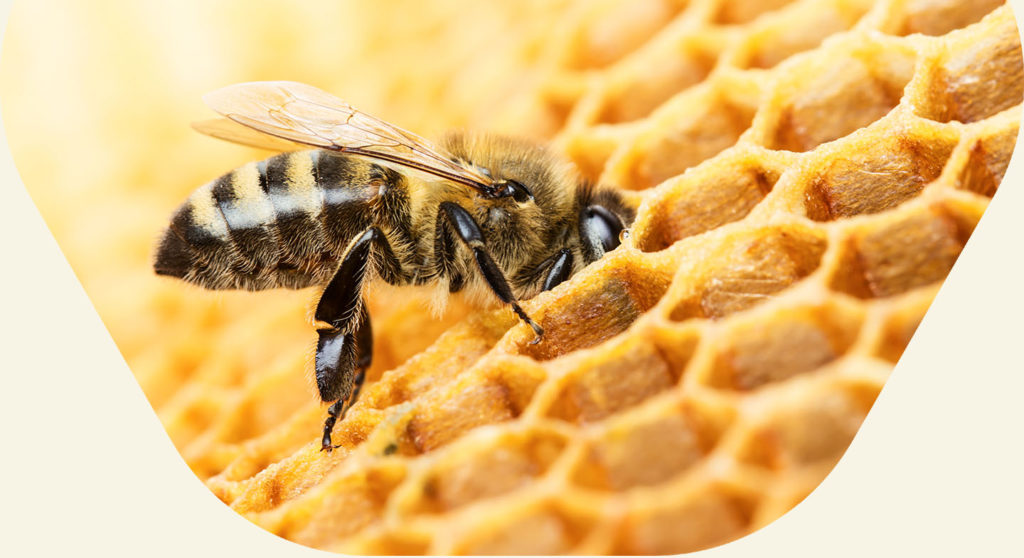Mathieu DOMECQ Editor of the API of the month and the Blog
May is a crucial time for beekeepers. After the rape flowers have bloomed, it’s time to start extracting the honey. The nectar harvested during this period is at its peak, but beware: if the beekeeper waits too long, the honey starts to crystallise in the cells, making extraction increasingly complex. Good hive management is therefore essential to ensure an optimum harvest.
This month, we’ll be exploring the different stages in the honey harvest with my tips. Then we’ll find out how bees locate sources of nectar in flowers.
Did you know? A bee colony needs water to grow. In fact, they can consume more than a litre a day. Water is crucial not only for the survival of the bees, but also for regulating the temperature of the hive.

Tasks of the month
In May, the pace of beekeeping accelerates. The bee colonies are in full swing with the fine spring weather. Here’s an overview of the essential tasks to be carried out this month, to ensure a fruitful season.
Harvest the first supers: with the arrival of the flowering season, it’s time to inspect your hives to see if they’re ready for harvesting. Check that the supers are well populated and filled with capped honey. If so, get ready to harvest.
Breeding and monitoring swarms: May is a good time to breed swarms. Look out for signs of swarming in your hives, as this may indicate that a new queen is needed. Select queen cells to divide and make sure your bees have sufficient food and water resources. If the bloom is poor, consider bringing in sugar reserves or syrup to feed your colonies.
Take advantage of this dynamic month to establish a work rhythm that adapts to the needs of your bees and the weather conditions. Every task you complete will help ensure a productive season and boost the health of your colonies. May your month of May be filled with sweetness and beekeeping success!
This month’s honey flowers:
hawthorn, acacia, poppies, thyme, borage…


